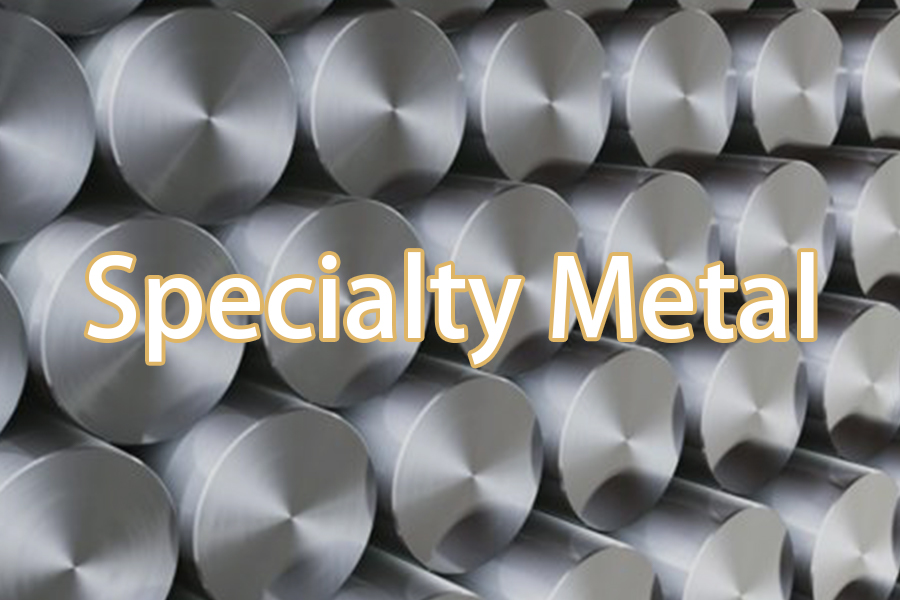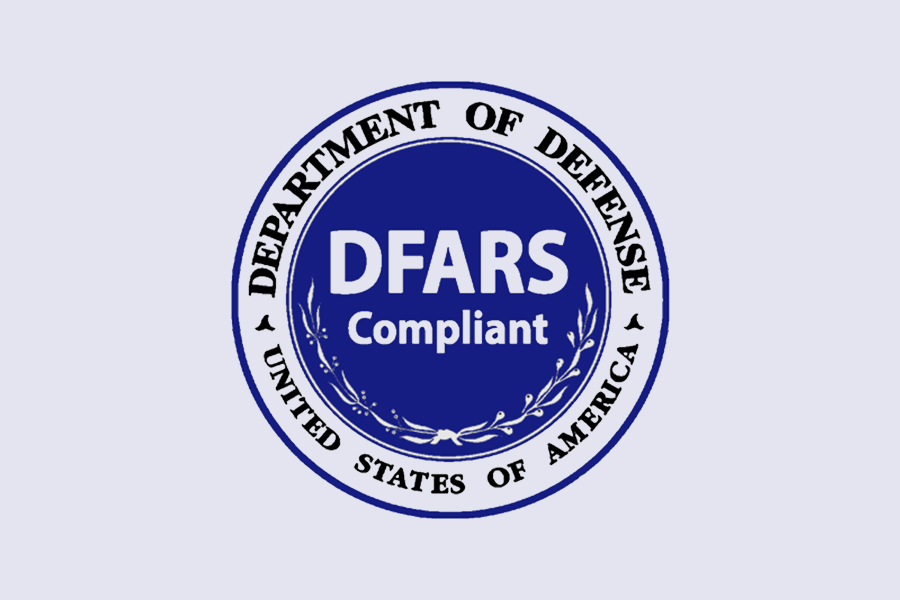Research on Rapid Identification and Classification Methods for Refractory Multi-Component Metal Scraps
Introduction
In today's industry, handling metal scraps is a daily task for many engineers and technicians. The metal scraps encountered now often contain more than one type of metal. They are challenging to sort because they consist of resistant materials and multiple components. The cost of processing them can be significant. This overview reviews techniques that assist in the rapid classification and identification of these materials.
Characteristics of Refractory Multi-Component Metal Scraps
Refractory metal scraps comprise parts of metal waste with high melting points. They are hard and resistant to high temperatures. They typically include mixtures containing tungsten, molybdenum, or other metals. A standard scrap item may weigh between 1 and several kilograms. Many pieces exhibit corrosion or mechanical damage. Their chemical composition can vary. Such variations complicate analysis. Technicians have observed that even a small percentage of non-ferrous metals can affect the scrap's recycling value.
Existing Identification and Classification Methods
Many traditional methods are in place. Visual inspections are common. Technicians employ tools such as magnets. Occasionally, simple chemical tests assist in determining surface composition. X-ray fluorescence and spectrometry are frequently used to understand the metal mixture. These methods, however, have drawbacks. They can be time-consuming or costly. In production lines, speed is crucial. Laboratories may provide accurate results but do not suit rapid on-site analysis. This gap invites new approaches that combine speed with accuracy.
Rapid Identification Techniques for Refractory Metal Scraps
Rapid identification methods are now implemented in many modern plants. One method is based on laser-induced breakdown spectroscopy. This tool emits a small pulse of energy and reads the emitted light from the metal. The reading identifies which metals are present. Another method utilises infrared thermal imaging to detect differences in heat signatures. By using computer algorithms, technicians can quickly compare the data to known standards. Some facilities even employ portable handheld devices that operate in real time. These techniques facilitate the sorting process and minimise delays in the recycling chain.
Challenges in Rapid Identification and Classification
Despite advancements, challenges persist. One issue is the variety of compositions in metal scraps. Even small contaminants can disrupt sensors. In harsh plant environments, dust and heat may affect instruments. The data from rapid methods can be noisy. Instrument calibration is essential for accuracy. Skilled operators are required to verify results. The field necessitates more resilient and user-friendly technology. Ensuring that methods accommodate different scrap sizes and shapes remains an ongoing concern.
Recent Advances and Case Studies
Recent studies have yielded useful insights. In one case, a major recycling company integrated laser techniques with machine learning. The results indicated improved accuracy exceeding 90 per cent. Another study employed handheld devices in a pilot plant. The devices quickly categorised different scraps with minimal error. Data logging and real-time analysis facilitated a smooth process. These cases demonstrate that integrating traditional methods with new technology is effective. Real-world examples have resulted in enhanced handling and expedited processing of scrap.
Future Directions and Recommendations
Several directions are available for future development. Further efforts are required to refine sensor accuracy. Future tools should be enhanced to manage varied compositions. The next generation of devices should utilise simplified data processing to accelerate results. Researchers advocate for rigorous field tests and user feedback. Collaboration among experts in metallurgy, engineering, and computer sciences may generate practical solutions. Investments in training and calibration protocols are vital. These measures can alleviate operator burden and enhance the overall sorting systems.
Conclusion
Refractory multi-component metal scraps present both a challenge and an opportunity. Traditional methods have sufficed for years, yet newer rapid methods offer potential for improved efficiency. Real-world testing shows that advanced techniques can satisfy industrial demands. Marrying technological advancements with practical experience is vital. Industrial operators and researchers alike can gain from a deeper understanding of these methods. This practical review should aid in paving the way for safer, more cost-effective scrap sorting. Ultimately, enhanced rapid identification contributes to a cleaner, more efficient recycling process. For more information, please check Stanford Advanced Materials (SAM).
Frequently Asked Questions
F: What are refractory metal scraps?
Q: They are metal wastes with high melting points, often comprising mixed components.
F: How is laser-induced breakdown spectroscopy employed in scrap sorting?
Q: It emits a laser pulse and analyses the light spectrum for metal identification.
F: What is the primary advantage of rapid identification techniques?
Q: They permit fast, on-site analysis that accelerates recycling operations.

 Bars
Bars
 Beads & Spheres
Beads & Spheres
 Bolts & Nuts
Bolts & Nuts
 Crucibles
Crucibles
 Discs
Discs
 Fibers & Fabrics
Fibers & Fabrics
 Films
Films
 Flake
Flake
 Foams
Foams
 Foil
Foil
 Granules
Granules
 Honeycombs
Honeycombs
 Ink
Ink
 Laminate
Laminate
 Lumps
Lumps
 Meshes
Meshes
 Metallised Film
Metallised Film
 Plate
Plate
 Powders
Powders
 Rod
Rod
 Sheets
Sheets
 Single Crystals
Single Crystals
 Sputtering Target
Sputtering Target
 Tubes
Tubes
 Washer
Washer
 Wires
Wires
 Converters & Calculators
Converters & Calculators
 Write for Us
Write for Us
 Chin Trento
Chin Trento



